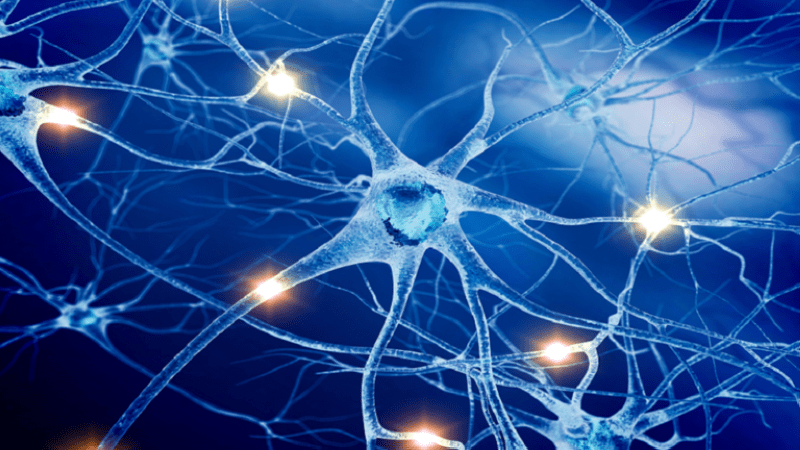Nine people with chronic spinal injuries regained their ability to walk, using a combination of electrical stimulation and intensive physical therapy. All nine people suffered severe or complete paralysis as a result of spinal cord damage. Incredibly, the volunteers all saw improvements immediately, and continued to show improvements after five months.
A recent study by researchers from the Swiss research group NeuroRestore identified the exact nerve clusters stimulated by the treatment, using mice as a starting point, reports a local Arabic daily.
The neurons that regulate walking were found in the part of the spinal cord that runs through the lower back. Spinal cord injuries can interrupt the chain of signals from the brain, preventing us from walking even when these specific lumbar neurons are still intact. The “walking” neurons become effectively nonfunctional, which can lead to permanent paralysis of the legs.
Previous research has shown that electrical stimulation of the spinal cord can reverse this paralysis, but how this happened was not clear. So neuroscientist Claudia Katt of the Swiss Federal Institute of Technology in Lausanne (EPFL) and her colleagues tested a technique called epidural electrical stimulation in nine individuals, as well as in an animal model.
The spinal cord was stimulated by a surgically implanted neurotransmitter. Meanwhile, the patients also underwent an extensive neurological rehabilitation process that included a robotic support system that assists them as they move in multiple directions.
The patients underwent five months of stimulation and rehabilitation, four to five times a week. Amazingly, all the volunteers were then able to take steps with additional help.
To the researchers’ surprise, the recovered patients showed a decrease in neural activity in the lumbar spinal cord while walking. The team believes this is due to activity being fine-tuned to a particular subset of neurons essential for walking.
The research team modeled the process in mice and used a combination of RNA sequencing and spatial transcription, a technique that allows scientists to measure and maps the activity of genes in specific tissues, to understand which cells are active.
They identified one group of previously unknown neurons that can progress to take over after injury, located within the middle lamina of the lumbar spinal cord.
This tissue, made of neurons called SCVsx2::Hoxa10, does not appear to be necessary for walking in healthy animals, but it does appear to be essential for recovery after spinal injury, as its destruction prevented mice from recovering. However, its recruitment depends on the activity.
“These experiments confirmed that the involvement of SCVsx2::Hoxa10 neurons is a prerequisite for the recovery of walking after paralysis,” the researchers concluded.
In time, this new understanding may lead to more treatment options, and may provide a better quality of life for people with all kinds of other spinal cord injuries as well.

